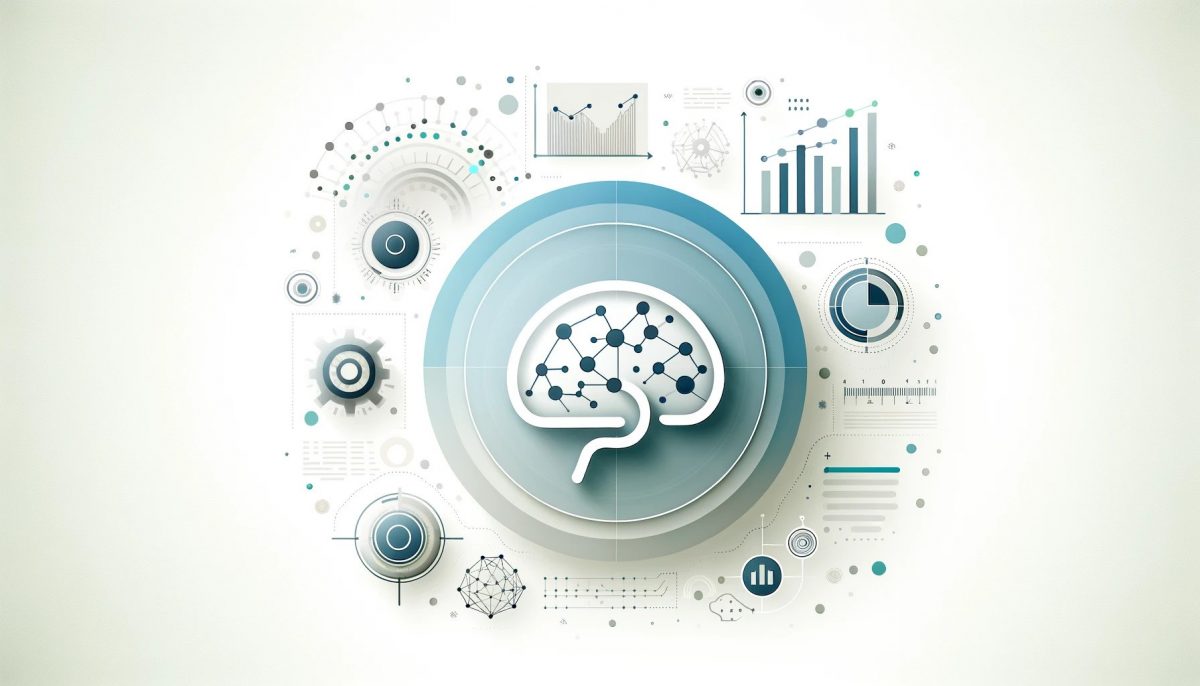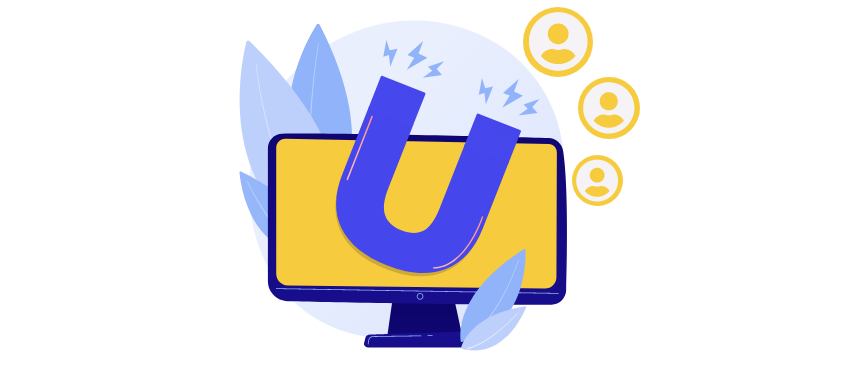Generative AI in Marketing: 5 Best Use Cases

Generative AI in Marketing: 5 Best Use Cases
In the ever-evolving landscape of digital marketing, AI, particularly generative AI models like ChatGPT, is transforming strategies through intelligent automation and personalization. By leveraging AI in marketing, businesses can offer the right product to the right user at the right time, achieving remarkable efficiency and effectiveness.
1. Personalization
The Challenge of Personalization
Today’s marketing struggles with executing deeply personalized campaigns and gathering user data from various sources. The speed of execution and the ability to collect comprehensive user data are significant hurdles.
How Generative AI Solves It
Generative AI can address these challenges by:
- Integrating user data with diverse media types such as text, images, audio, and video from cross-functional departments into a unified dataset through AI tools.
- Suggesting customer segments based on the current business goals and seasonal trends using the integrated data.
- Creating personalized email, SMS, and marketing campaign content, including text and images, tailored to user data within these segments.
- Continuously collecting user data from campaigns to refine and optimize both customer segments and marketing strategies.
- Generating initial drafts of various content types like social media posts, emails, and visuals.
This accelerates marketing funnel metrics with shorter cycles, enhancing overall marketing efficiency.
2. Content Creation and Curation
Streamlining Content Creation
Generative AI offers significant advantages in automating content creation, helping marketers produce high-quality content quickly and efficiently. From drafting social media posts and blog articles to crafting personalized email campaigns, AI tools can generate initial content that human marketers can refine. This not only saves time but also ensures that the content is tailored to meet specific audience needs. Platforms like Jasper, Copy.ai, and Writesonic are prime examples of AI-driven tools that facilitate rapid content generation.
Enhancing Existing Content
AI models can also enhance existing content by providing data-driven insights and suggestions for improvement. By analyzing patterns and user feedback, generative AI can optimize marketing copy, ad creatives, and customer messaging to ensure they are more engaging and effective. For instance, Phrasee utilizes AI to refine email subject lines and ad copy, leading to better performance metrics.
Creating Visuals
Generative AI can produce compelling visuals, including graphics, images, and videos. These AI-generated visuals can be used to enhance storytelling, create engaging social media posts, and produce visually appealing presentations. Tools like Midjourney and DALL-E 2 demonstrate the capability of AI in generating high-quality images that resonate with audiences.
Quick NLP-Based Editing
Generative AI can make edits to images and videos based on natural language instructions, significantly speeding up content creation processes.
3. Automating SEO Activities
Generative AI assists in researching SEO-friendly content by analyzing keyword volumes and generating relevant keywords. AI can create internal links to other relevant topics and draft content based on these factors, allowing marketers to review and publish with ease. This accelerates SEO content creation significantly.
4. Ad Targeting and Retargeting
Enhanced Ad Targeting with AI
Generative AI is transforming how brands target consumers, enabling more precise and effective advertising strategies. By leveraging AI’s capabilities, marketers can enhance location-based targeting, predictive advertising, and customized content generation, ensuring that ads reach the most relevant audiences.
Predictive Advertising
Predictive advertising combines AI, machine learning, and big data to forecast consumer behavior and optimize ad placements. By analyzing consumer data and contextual information, AI models can predict the likelihood of specific actions, such as clicks or conversions. This allows marketers to tailor their advertising strategies to improve engagement and ROI. Predictive models help in click-through rate prediction, conversion rate prediction, and advanced customer segmentation, leading to more efficient ad targeting.
Content Generation for Ads
Generative AI can create tailored ad content, including copy, visuals, and audio, that resonates with specific audience segments. This customization enhances the relevance and impact of advertisements, increasing the likelihood of user engagement. As AI-generated advertising becomes more prevalent, early adopters are discovering innovative ways to leverage its potential.
Location-Based Targeting
AI enhances location-based targeting by analyzing travel patterns and consumer behavior, allowing advertisers to place mobile ads more strategically. By understanding customer routes and preferences, marketers can deliver more personalized and timely advertisements.
5. Opportunity Identification
Generative AI and predictive analytics can identify opportunities by analyzing data patterns and trends. This leads to more informed decision-making and strategic planning, allowing marketers to capitalize on emerging trends and optimize their campaigns effectively.
Conclusion
AI in marketing, particularly generative AI, is revolutionizing the way businesses approach personalization, content creation, SEO, ad targeting, and opportunity identification. By leveraging these advanced technologies, marketers can enhance their strategies, achieve faster time-to-market, and deliver highly personalized and effective campaigns. Embrace the power of generative AI in marketing to stay ahead in the competitive digital landscape.










